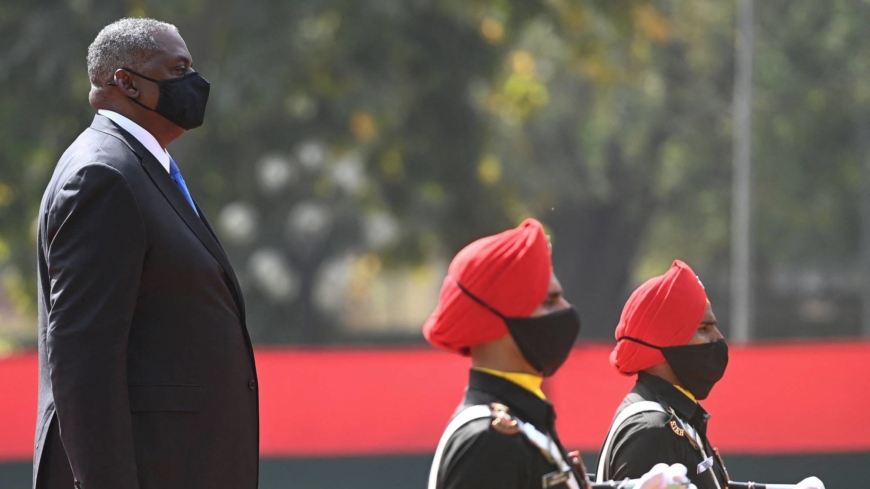[ad_1]
New Delhi – Pentagon chief Lloyd Austin praised India’s growing ties with “like-minded partners†as he held talks in New Delhi on Saturday that were expected to be dominated by shared alarm about China.
India is a vital U.S. partner in the Asia-Pacific region and Austin’s two-day trip is New Delhi’s first face-to-face meeting with President Joe Biden’s administration.
It follows talks between top U.S. and Chinese officials in Alaska that wrapped up on Friday and which a senior Washington official described as “tough and direct.â€
Prior to India, Austin and U.S. Secretary of State Antony Blinken visited Japan and South Korea, two other important partners in the region irked by Chinese activities.
That followed the first summit of the leaders of the “Quad,†a four-way alliance of the U.S., Japan, Australia and India seen as a bulwark against China.
Austin arrived in New Delhi late Friday and held talks with Prime Minister Narendra Modi and national security adviser Ajit Doval.
Austin “commended India’s leadership role in the Indo-Pacific and growing engagement with like-minded partners across the region to promote shared goals,†Pentagon spokesman John Kirby said.
“The two sides reaffirmed their commitment to promote a free and open regional order. Both sides exchanged perspectives on shared challenges confronting the region and committed to further strengthen their broad-ranging and robust defence cooperation,†Kirby said.
Also not mentioning China directly, Modi tweeted that “India and U.S. are committed to our strategic partnership that is a force for global good.â€
Austin was set to meet Foreign Minister S. Jaishankar and Defense Minister Rajnath Singh on Saturday.
He may raise the question of human rights in India, with a second senior U.S. official calling the issue “an important part of the Biden administration defense and foreign policy.â€
U.S.-Indian relations have historically been prickly but shared misgivings about China pushed them closer together under Modi and former U.S. President Donald Trump.
This accelerated after 20 Indian soldiers and four Chinese troops died last June in a clash on their disputed border high in the Himalayas.
The nuclear-armed Asian giants then sent thousands of extra troops to the frontier although tensions have eased somewhat with a pullback from one area of contention.
Beijing has irked New Delhi with its support for archrival Pakistan, as have Chinese investments in Indian Ocean nations that India sees as its backyard.
India and China have also engaged in a tussle of “vaccine diplomacy,†competing to supply other countries with coronavirus shots to secure goodwill and influence.
In 2016, the United States designated India as a “Major Defense Partner,†and they have since signed a string of deals easing the transfer of advanced weaponry and deepening military cooperation.
U.S. defense firms have inked billions of dollars in deals to supply military hardware, including helicopters, under India’s $250 billion modernization of its armed forces.
But Russia is India’s biggest arms supplier and New Delhi agreed in 2018 a $5.4-billion purchase of Moscow’s S-400 missile defense system, even though this could lead to U.S. sanctions.
Austin’s visit so soon after Biden took office “shows the priority Washington is assigning to New Delhi,†Manoj Joshi from India’s Observer Research Foundation said.
“Our relationship with the U.S. on the military side has enhanced enormously and the U.S. has been helping us in our confrontation with China,†Joshi said.
In a time of both misinformation and too much information, quality journalism is more crucial than ever.
By subscribing, you can help us get the story right.
[ad_2]
Source link






